AGNES MARTIN (1912-2004)
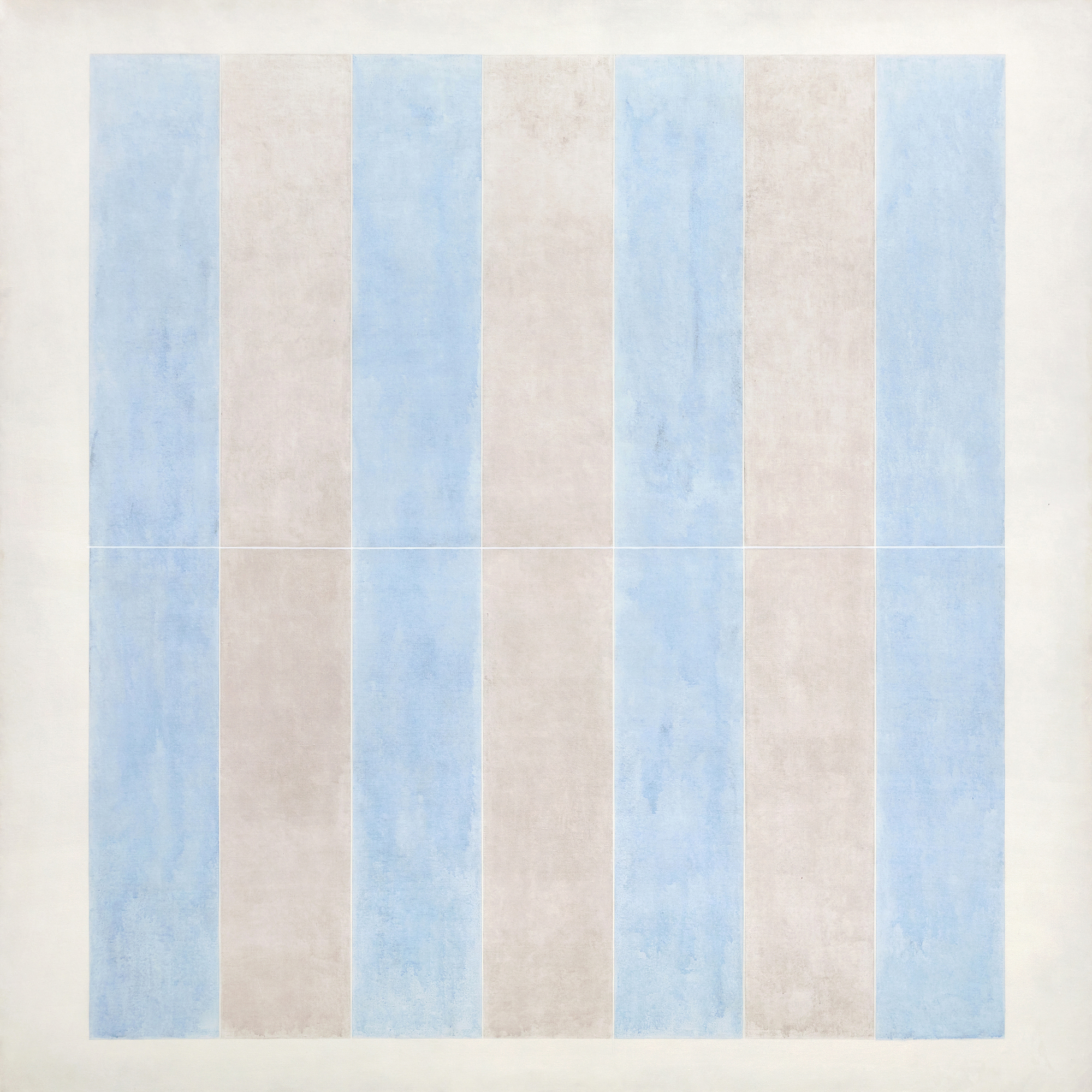

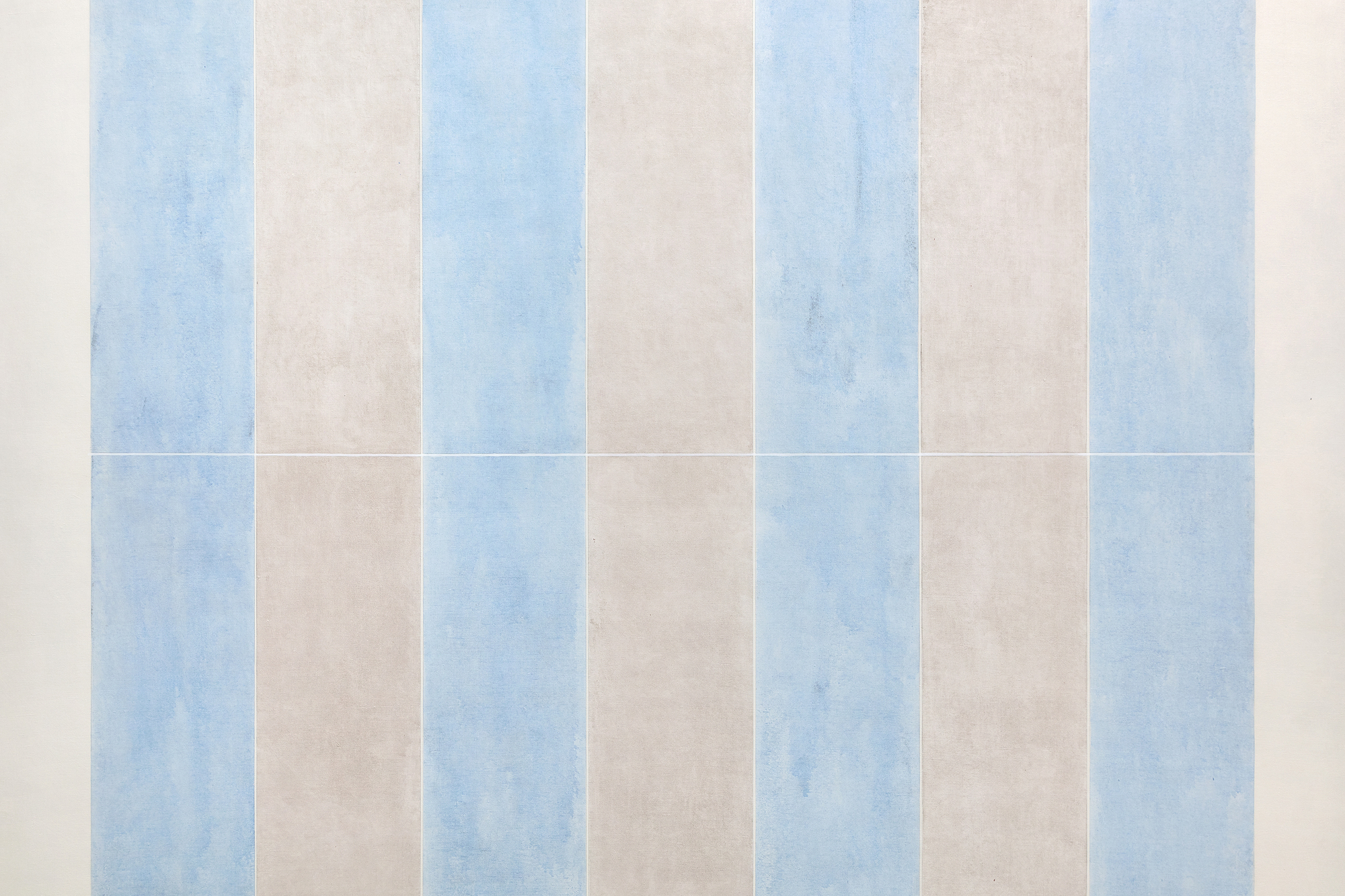
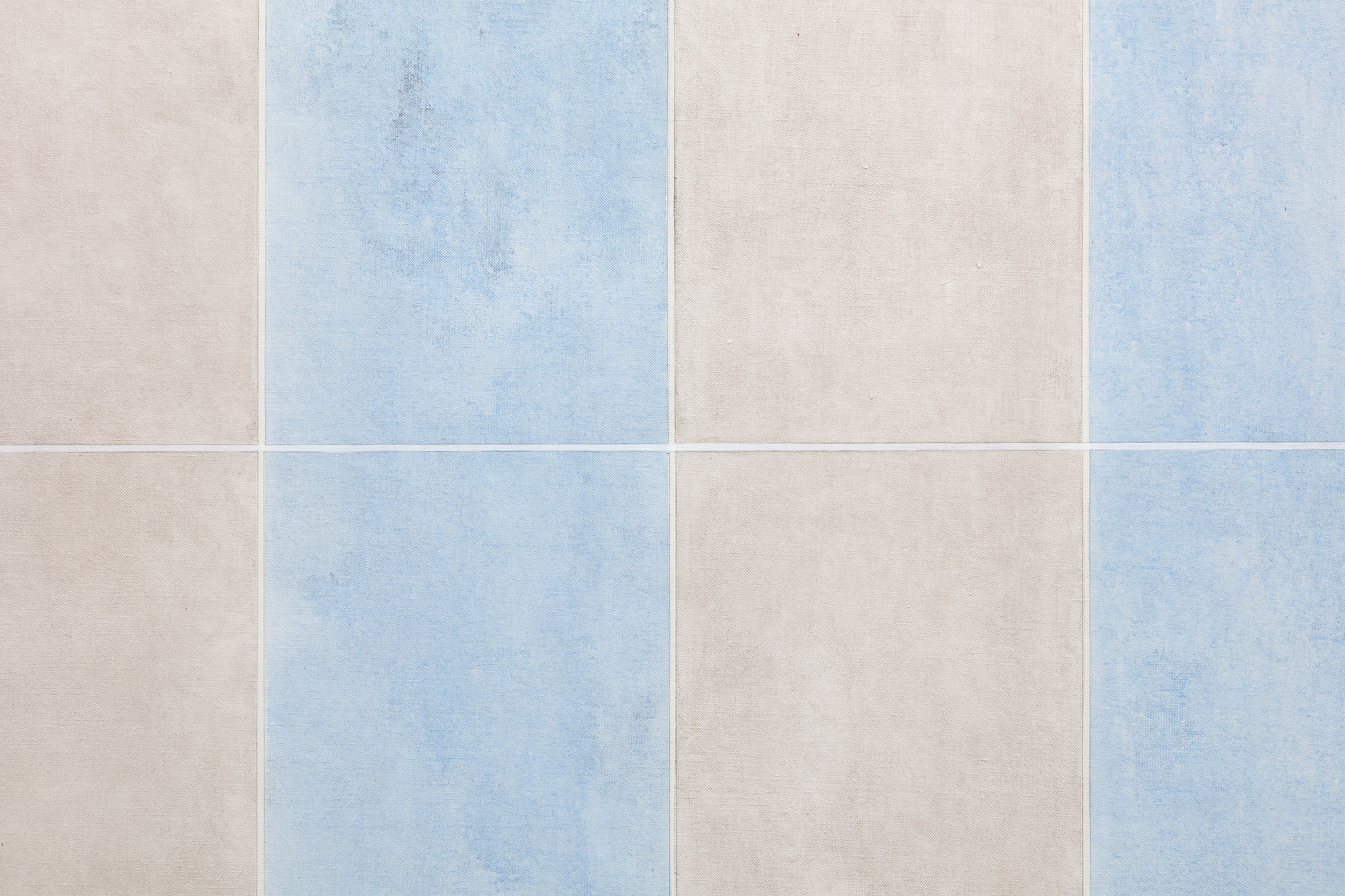
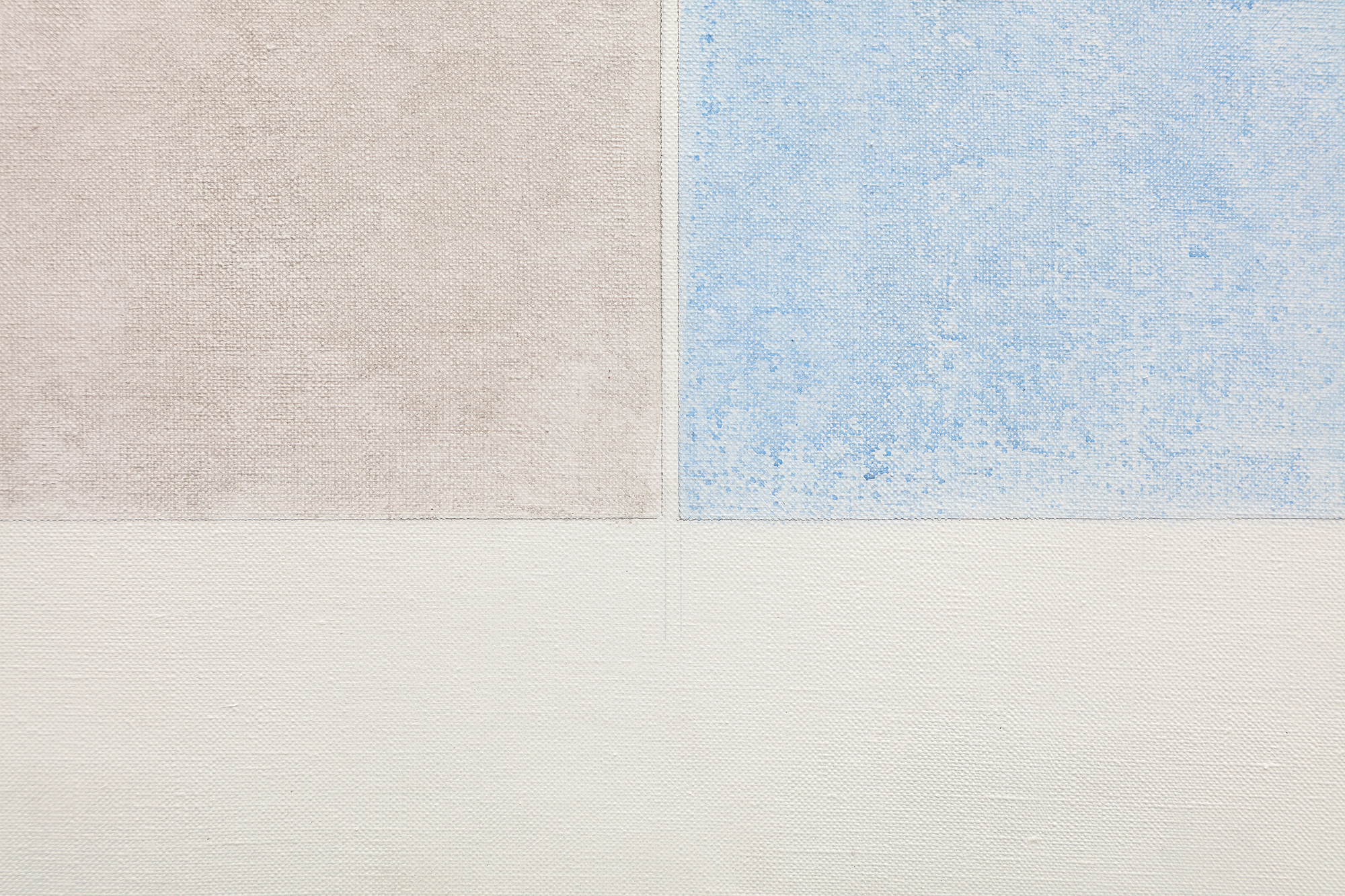
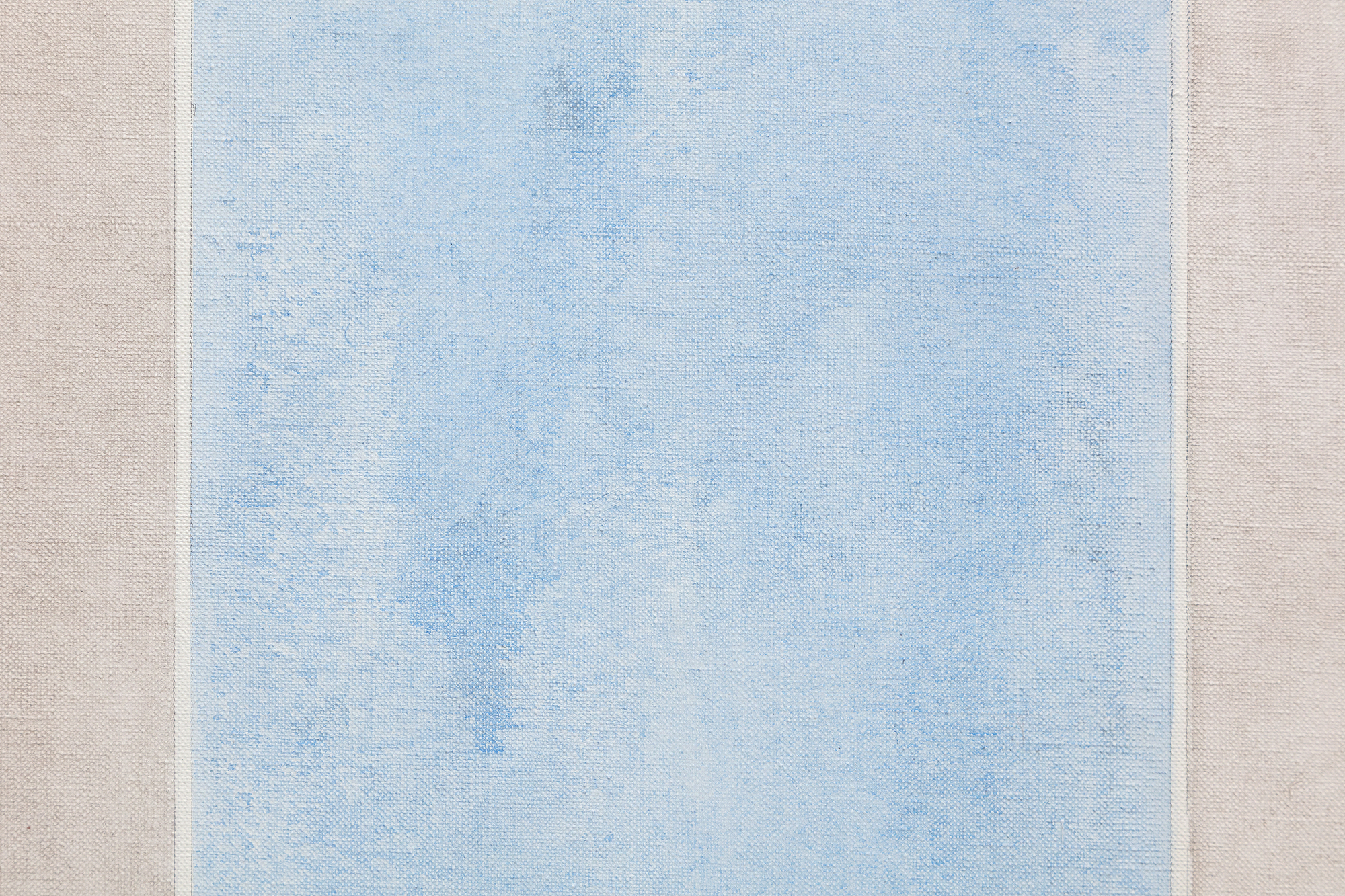
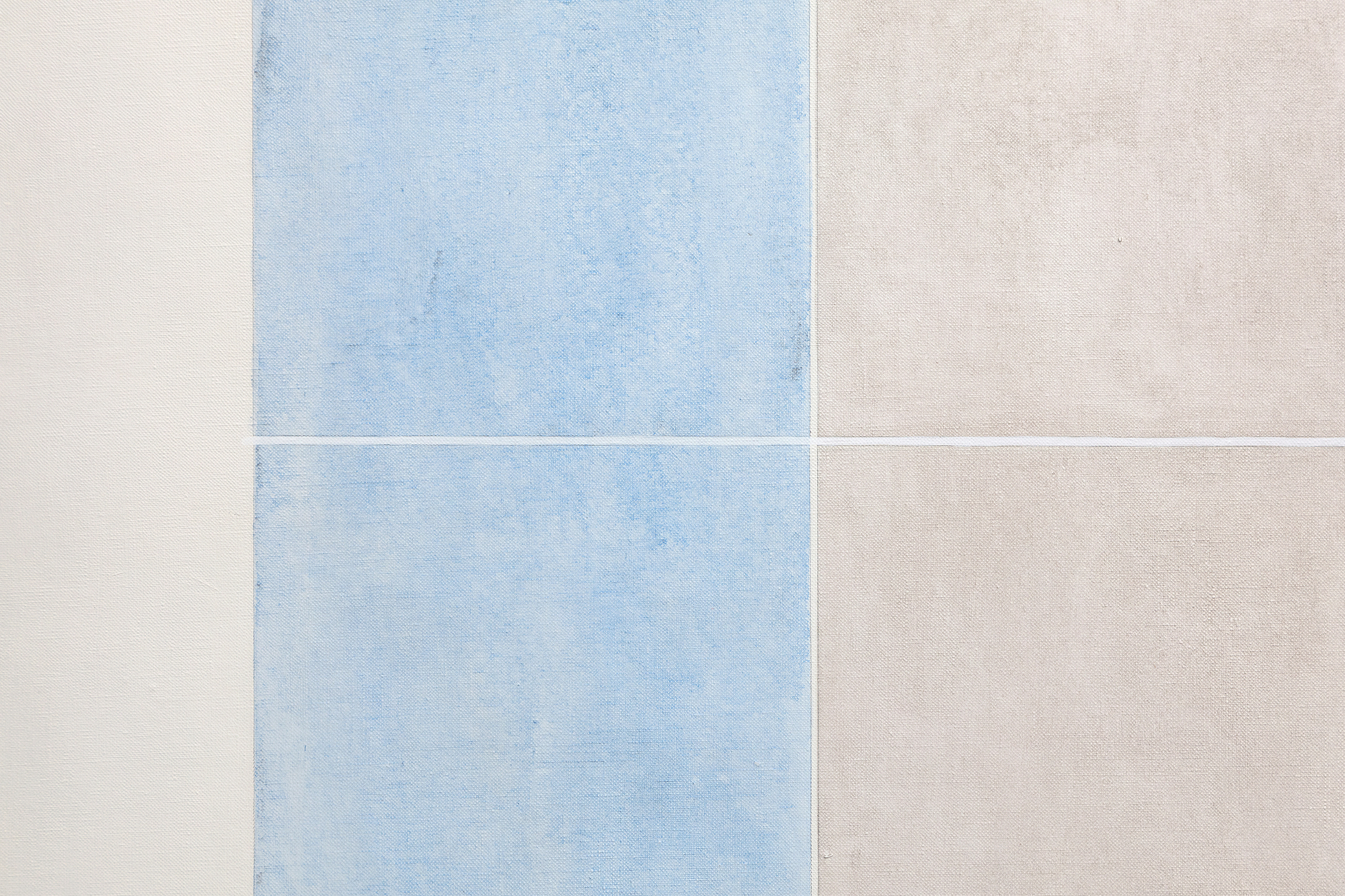
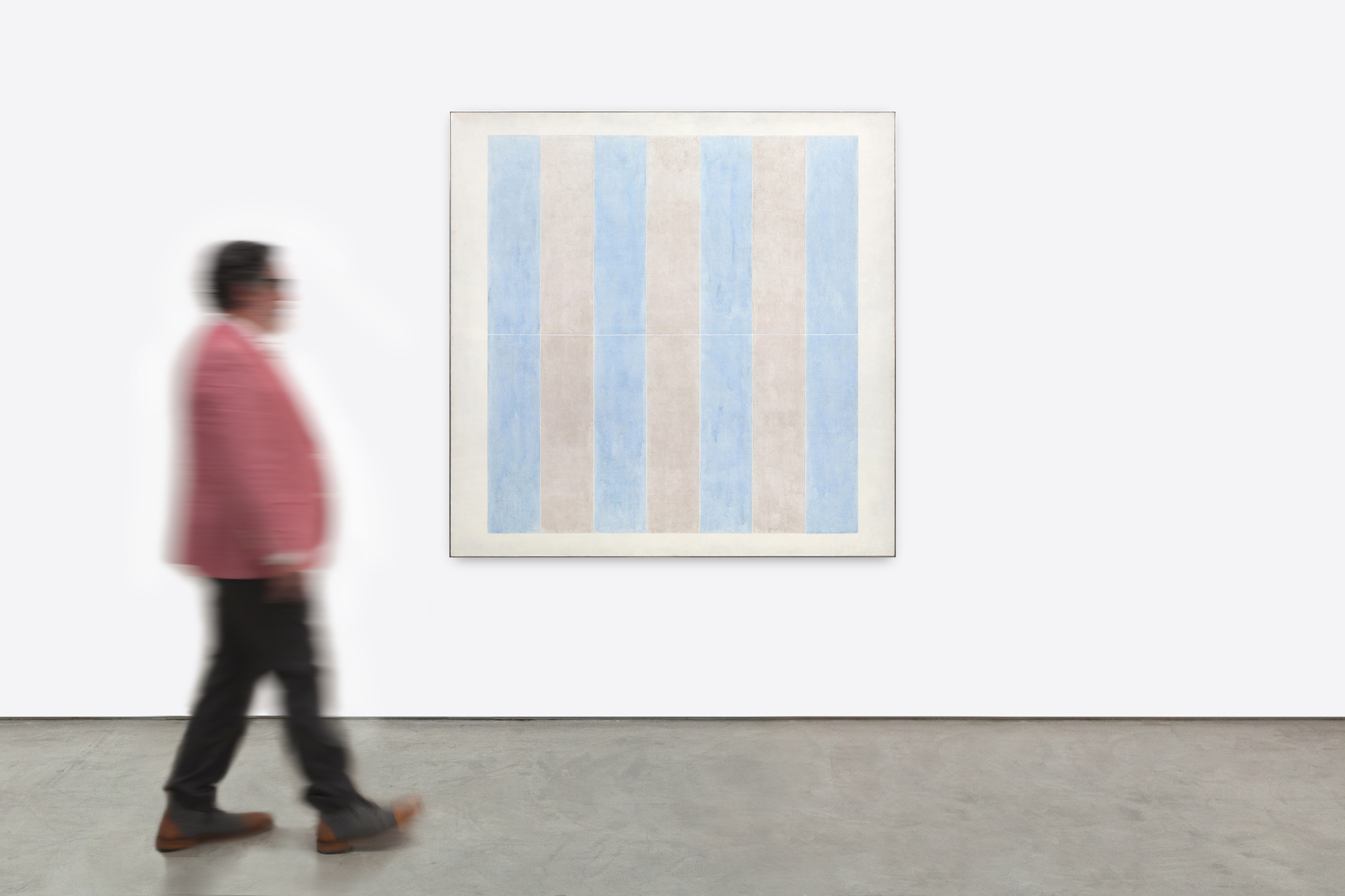
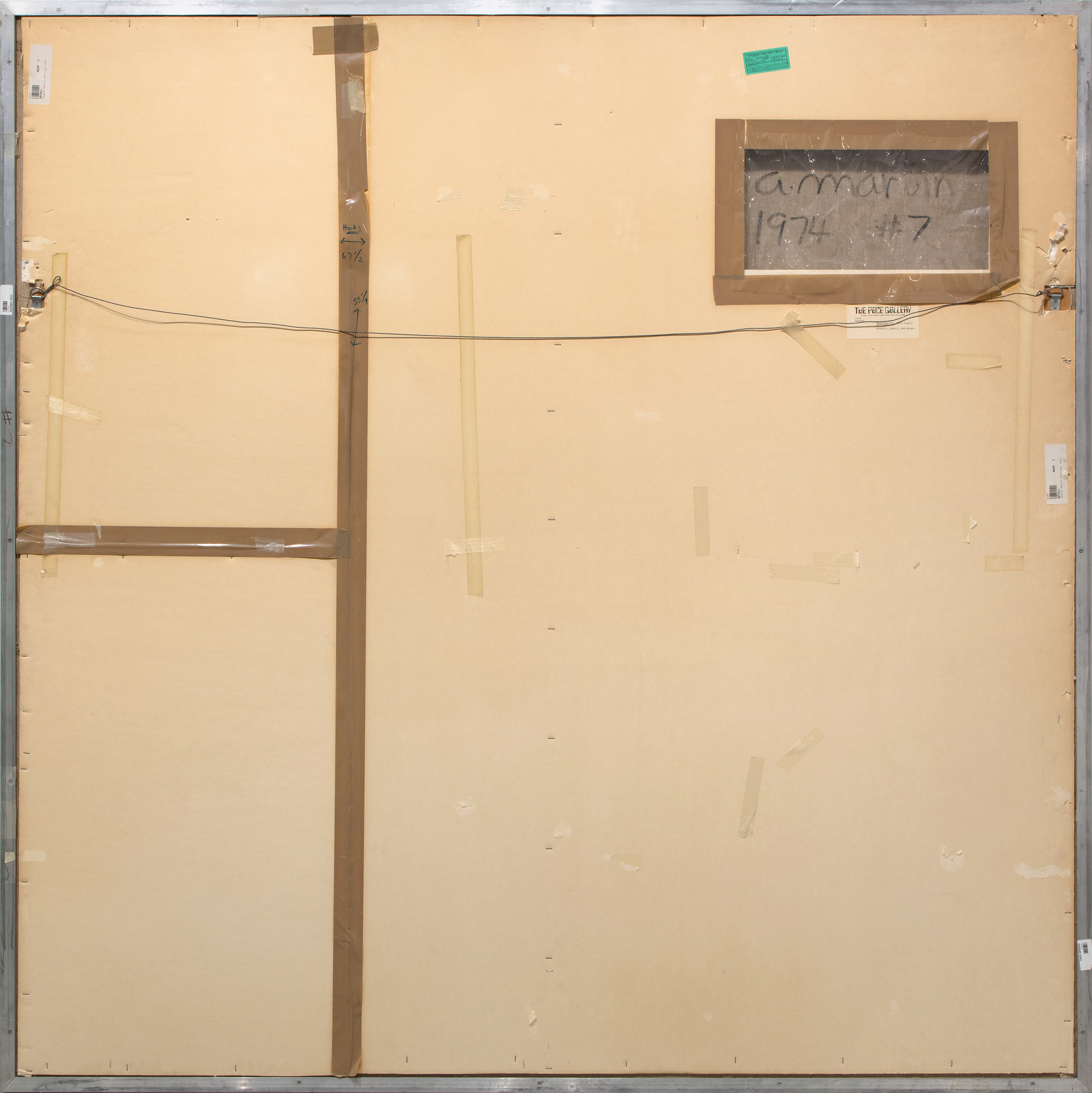

Provenienz
Pace Galerie, New YorkHelen W. Benjamin, New York
Sotheby's New York, 8. Mai 1996, Los 50
Privatsammlung, Vereinigte Staaten
Ace Galerie, Los Angeles
Privatsammlung, erworben von der oben genannten Person, Mai 1998
Ausstellung
New York, Pace Gallery, Agnes Martin: Neue Gemälde, 1975Literaturhinweise
Beeren, W.A.L., Bloem, M. (1991), Agnes Martin: Gemälde und Zeichnungen 1974-1990, Stedelijk Museum. S. 62 (illustriert)Bell, T., Agnes Martin Katalog Raisonné : Gemälde [Online], Cahier's d'Art Institute
Gruen, J. (September 1976), "...Mehr.....Agnes Martin: 'Alles, jedes Ding hat mit Gefühl zu tun...Gefühl und Anerkennung'" Artnews, S. 91, illustriert in Farbe
Gula, K. (Mai - Juni 1975), "Rückblick auf Ausstellungen: Agnes Martin at Pace", Art in America 63, S. 85, farbig illustriert
...WENIGER.....
"No. 7" (1974) ist eines der frühesten Gemälde dieser zweiten großen Phase ihrer Karriere. Mit der Absicht, eine dramatische Neuausrichtung zu betonen, die die Farbe anstelle der Linien oder tabellarischen Raster ihres Werks von vor 1967 in den Vordergrund stellt, ermöglicht eine distanzierte Betrachtung der blassen, leuchtenden Bänder eine umfassende Würdigung der subtilen, strahlenden Verschiebungen zwischen den Farbzonen. Zahlreiche Naturphänomene und Elemente, die in der neumexikanischen Wüste zu finden sind, mögen diese neuen und weitreichenden Ideen inspiriert haben. Die schiere Vertikalität der Tafelberge, Klippen und Schluchten oder die Lichtschächte, die durch Wolkenlücken auf den Wüstenboden fallen, könnten die vertikale Ausrichtung inspiriert haben. Doch die Wirkung von "No. 7" (1974) kommt ganz sicher durch ihre Hingabe an buddhistische und daoistische Ideale zustande, die Schönheit von innen heraus suchen, nicht von äußeren Bezugspunkten. Martin fordert den Betrachter auf, ihre sich wiederholenden Wellen oder Bänder aus blassen Farben als eine Art Mantra zu betrachten, ebenso wie als eine visuelle Erfahrung. Sie fordert unsere Vorstellungskraft heraus, indem sie sie ermutigt, ihrer Fantasie freien Lauf zu lassen und dieses Werk als Gegenstand der Betrachtung zu betrachten, wohl wissend, dass ihre Bilder ein gewisses Maß an Engagement erfordern. Und als wolle sie diejenigen ermahnen, die nicht die Geduld haben, die Wirkung der jenseitigen mystischen Ausstrahlung, die den Bildern innewohnt, zu absorbieren, oder wie sie das eigene Bewusstsein für das Potenzial, das Erhabene auszudrücken, beeinflussen, sagt sie: "Es gibt niemanden, der nicht den ganzen Nachmittag vor einem Wasserfall stehen kann."


